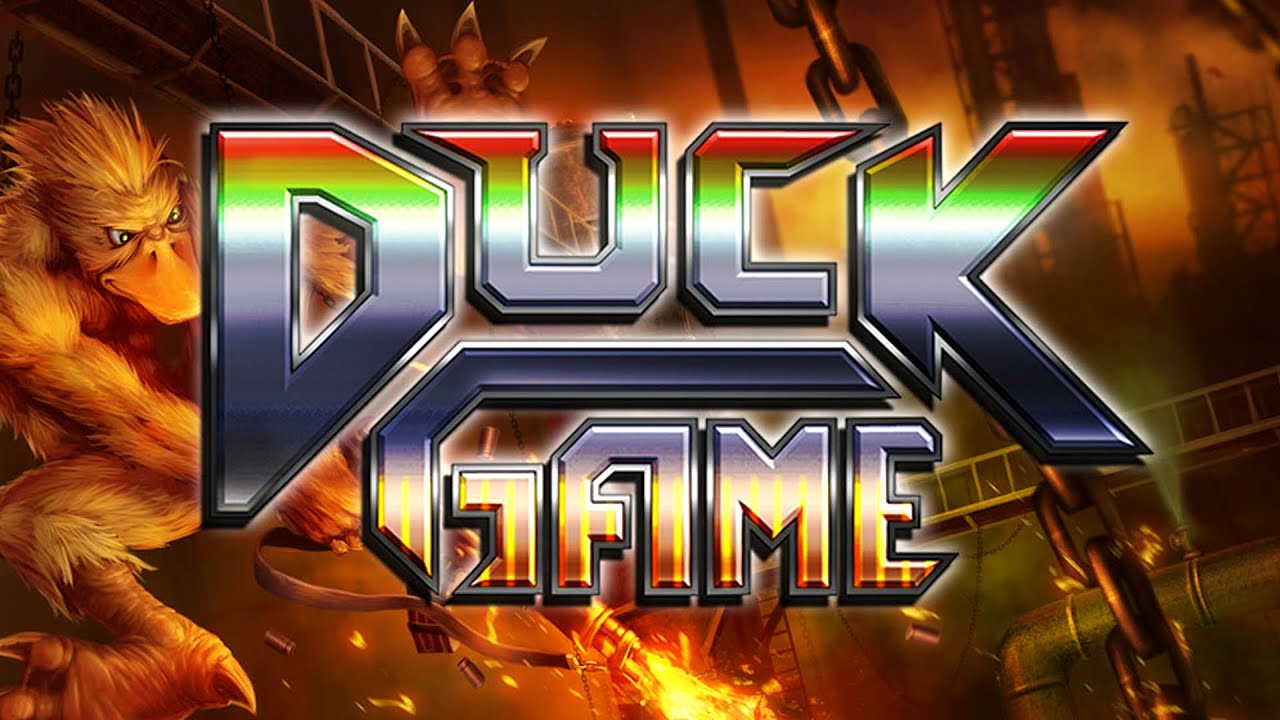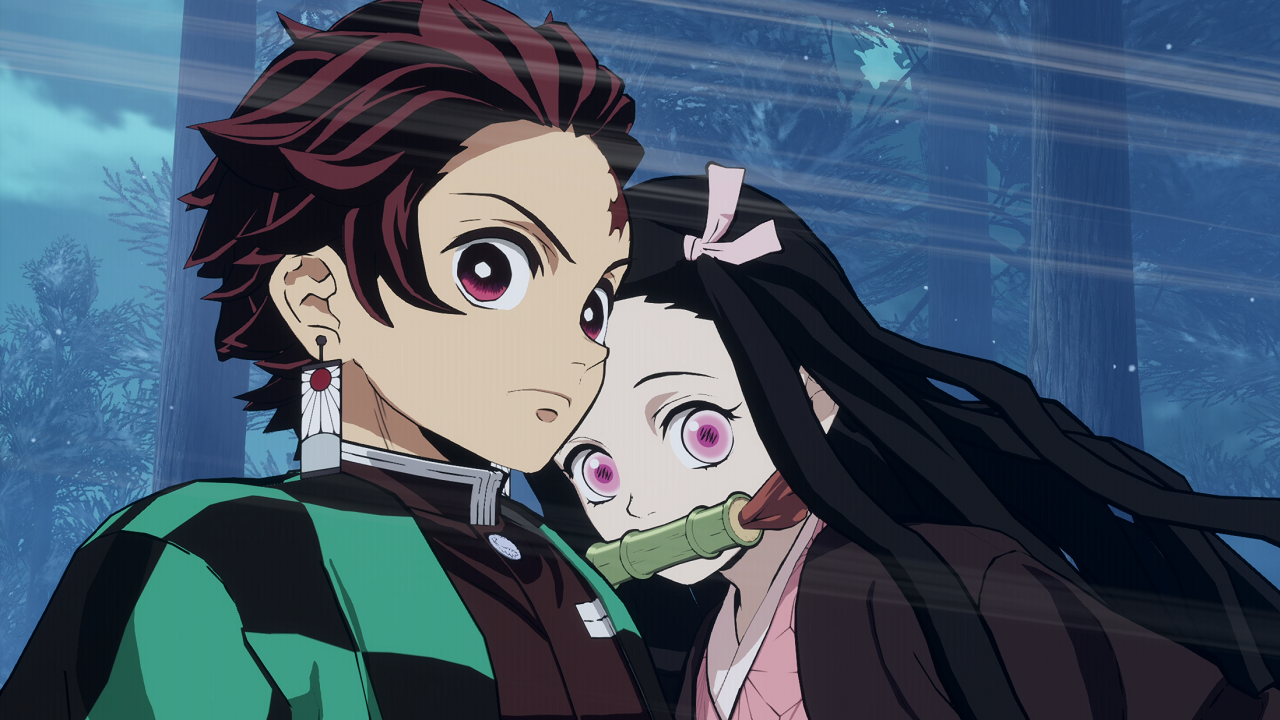Editing a save file can be a little bit cryptic, specially when trying to modify your owned furnitures and their positions in your room, so this guide will go in detail on how to unlock furnitures, setting your desired amount of each one, and placing them in your room using coordinates, all manually and outside of the game.
This guide was made for Windows only. The main difference are the file locations, so you may need to change them according to your OS.
Real save file location
One important thing to know, is that Duck Game works with two save file locations. The one most commonly known is the one inside your Documents folder, more specifically inside C:\Users\<Username>\Documents\DuckGame\<Your SteamID>. The only important things you can modify from these files are in-game general settings and mod settings. You may find your profiles, but if you try to modify these, it just won’t do anything (they seem to work more like just a local copy, rather that doing any actual changes in your game). The main save file location, in which you can modify your profiles is located in C:\Program Files (x86)\Steam\userdata\<Your SteamID>\312530\remote. You may find multiple folders with similar names but with different starting numbers. The only folder that matters is “nq500000_Profiles“.

Inside, you’ll find “.pro”, which include your main profile (named after your SteamID), any other extra profile you created, and some configuration files for extra players.
Contents of the main save file
Inside of a save file you’ll find a lot of different parameters to change. These go from those seen in the library (which include the amount of kills, wins, trickshots, deaths, etc.), to the total amount of experience, money (which, fyi, is defined by <LMB>Amount</LMB>), fans, your preferred color and flag, your mood, your name, your ID, even your challenge stats, and so. This guide will only focus on two parameters:
– “<Fowner>“: which refers to each of your owned furnitures and the amount you have;
– “<FurniPositions>“: which refers to every furniture you have placed in your room and where it is located.
IMPORTANT: For every change you do to your save file, you have to restart your game, as it will undo any thing you do if you don’t do so.
WARNING: From this point on forward, be careful with what you type in your save file, as in case you mistype something, it may delete part of itself. This will happen a lot when modifyng <Fowner> and <FurniPositions>, so read with caution, to know their limits, and make a backup just in case.
Suggestions:
– It can be helpful to use any text editor that lets you see changes in real time, so you can know exactly what are you modifying. In my case, I use “Sublime Text” with the game windowed.
– Also, it is recommended to do this in offline mode to avoid a flood of cloud syncronization messages. If you know what you are doing, you may not accidentally upload the incorrect save file. Always take the needed time to read.
Adding items
The basics
<Fowner> works this way:
For each furniture, you have two important numbers, which are the ID and the amount you have. They also have a lot of zeroes which work as separators, and can help you see through every item.
The first number is the furniture ID. The second, which is between 3 zeroes from each side, is the amount you have.
The format is:
<Fowner><ID>|0|0|0|<X>|0|0|0|
<ID>: furniture ID
<X>: the amount of that furniture (it goes from 1 to 255, 0 will be shown as not owned)
Example with one furniture:
<Fowner>52|0|0|0|25|0|0|0|
52 is the ID for the barrel, and 25 is the amount. The zeroes are just separators.
Example with multiple furnitures:
<Fowner>52|0|0|0|25|0|0|0|91|0|0|0|29|0|0|0|77|0|0|0|19|0|0|0|
Here we have a string of numbers containing three different furnitures, and it is interpreted like this:
“52|0|0|0|25|0|0|0|”
– Barrel (ID: 52), amount 25;
“91|0|0|0|29|0|0|0|”
– Kettle (ID: 91), amount 29;
“77|0|0|0|19|0|0|0|”
– Lamp (ID: 77), amount 19.

This is the maximum amount of a furniture you can get, which matches with the 8 bits limit.
There are some items you can only get once in-game (for example: room backgrounds, fonts, some toys in the Memento Collcetion, and so), but that doesn’t mean you can add more of each by yourself.
Save files have all their furnitures merged in one single line and without any extra space. It can be difficult at times to read what belongs to what. Eventually you’ll find your own strategies. In my case, I don’t have any furniture whose amount exceeds 30, so all number above that will be an ID. If it doesn’t go above that number, I would check for near numbers and do that same comparison.
Cautions when editing:
– Avoid adding a furniture that you already have.
– Example: 9|0|0|0|15|0|0|0|9|0|0|0|2|0|0|0|
– Known consequences: the game will delete any repeated furnitures.
– Don’t add, delete or modify any 0 outside the ID and the amount.
– Example: 32|0|00|0|0|2|0|0| is wrong, 32|0|0|0|2|0|0|0| is correct.
– Known consequences: the game will delete ALL furnitures.
– Don’t add, delete or modify any | (bar).
– Example: 82||0|0|0|5|0|0|0 is wrong, 82|0|0|0|5|0|0|0| is correct.
– Known consequences: the game will delete ALL furnitures.
– Don’t exceed the maximum amount of a furniture (above 255 or the 8 bit limit).
– Known consequences: the game will delete ALL furnitures.
– Don’t try using negative numbers or any character that ain’t a number.
– Known consequences: the game will delete ALL furnitures.
– Don’t try adding any inexistent ID.
– Known consequences: as for what I know, the game doesn’t care if you use a random ID. You should probably still not add any inexistent item as it will be useless text or could provoke an error that I’m unaware of. If you find any new hidden furniture trying this, I would like to know.
– Respect the format at all costs to avoid any of the consequences listed above or unknown ones.
For the further segments
If the game deletes all furniture, it won’t remove that are already placed. However, if you try to grab any furniture, it will disappear, as the game doesn’t add or subtract from when you place or remove them, so they will act as a “ghost furniture”.
Placing items – Basics
The basics
<FurniPositions> works this way:
For each placed furniture (whether if it is a toy, a font or a room background), you have three important numbers, which are the ID and it’s X (horizontal axis) and Y (vertical axis) coordinate. They also have two zeroes which work as separators, and can help you see through every item.
The first number is the furniture X coordinate, the second the Y Coordinate, and the third is it’s ID, which is found between one zero from each side.
The format is:
<FurniPositions><X>|<Y>|0|<ID>|0|
<X>: horizontal axis coordinate, which goes higher going from left to right (0 – 160).
<Y>: vertical axis coordinate, which goes higher going from up to down (0 – 79).
<ID>: furniture ID
There are two important things to note:
First, the game will read the coordinates of a furniture from its center.
Second, the order in which you place furnitures in your room matters: what you place first will appear behind what you place after. The same thing happens when you place furnitures from your save file, so there is no way to place two overlap two items in a same “cape”.* The order goes from left to right, so what is written first, will appear first in the order of placement.
Also, you may know that there are three types of toy: those you can place only on the floor, those you can place only on the ceiling, and those you can place directly on the wall (which give you the most freedom). When placing toys with coordinates, that doesn’t matter at all. You can place any type of toy on any coordinate. The only thing you may wanna know is where are the inner boundaries of your room if you don’t want things clipping through walls.
Example with one furniture:
<FurniPositions>60|62|0|29|0|
60 is the X coordinate, 62 is the Y coordinate, 29 is the ID for the fancy table. The zeroes are just separators.
Example with multiple furnitures:
<FurniPositions>40|26|0|55|0|89|26|0|55|0|40|55|0|55|0|
Here we have a string of numbers containing three furnitures (Donut Life, ID 52) on different places, and it is interpreted like this:
“40|26|0|55|” – First furniture
– X = 40, Y = 26;
“89|26|0|55|” – Second furniture
– X = 89, Y = 26;
“40|55|0|55|” – Third furniture
– X = 40, Y = 55;

Room backgrounds and fonts also have coordinates. When placed, their coordinates usually match with the last position of your cursor (the one you see when placing something). Coordinates don’t seem to affect in anyway how these furnitures act.
Same as before, all the placed furnitures are within a same line in the file, independently if they are different in types. In this case is more easy to know what corresponds to what, as the only thing separated by zeroes is the furniture ID, and its coordinates are always together, showing first X, then Y.
Cautions when editing (which are not as destructive as when editing owned furnitures)
– Don’t place toys with coordinates outside the limits.
– Example: 300|200|0|55|0|
– Known consequences: the part of the line with the unknown parameters will be automatically deleted.
– Don’t add, delete or modify any 0 outside the ID and the amount.
– Example: 40|26|55|00| is wrong, 40|26|0|55|0| is correct.
– Known consequences: the game will correct the furniture parameters or delete it.
– Don’t add, delete or modify any | (bar).
– Example: 20|56||0|55|0 is wrong, 20|56|0|55|0| is correct.
– Known consequences: the game will correct the furniture parameters or delete it.
– Don’t try using negative numbers or any character that ain’t a number.
– Known consequences: the game will remove ALL placed furnitures.
– Don’t try adding any inexistent ID.
– Known consequences: the part of the line with the unknown parameters will be automatically deleted.
– Respect the format at all costs to avoid any of the consequences listed above or unknown ones.
Placing items – Funny stuff
I’ve decided to separate “Placing items” in two categories, as this will cover some goofy and glitched things.
Playing out of bounds
You can get a little bit quirky playing with the coordinates, as their maximum values go outside your room. They won’t go inside another’s room, but it can be to the farthest limit you can get of your screen, and even inside the middle portal.

This image’s setting goes accord to this line:
<FurniPositions>0|79|0|55|0|0|0|0|55|0|160|40|0|55|0|160|79|0|55|0|51|23|0|105|0|</FurniPositions>
This last item “51|23|0|105|0|” is the room background (Normal Room), and as you can see, it has coordinates, just as toys do (and the same will happen if it was a font).
Toy “””limit”””, ghost and negative furniture,
That 25 toy limit can be annoying for people that really are into decorating their room, except that now that you know how to edit the positions in the save file, it won’t matter anymore, as you can place any amount you want going above the limit.

(this is also a visual proof that you can place barrels in the air)
Placing toys above the limit seems a little bit innocent at first. As I mentioned before, you can have placed furnitures that you don’t own, that’s what usually happens when the game deletes all your owned furnitures when you do something wrong. The same way you can just directly write them and avoid losing all your stuff, and, as I mentioned, it will fade into existence when you try to grab it.
The weird thing happens when you place an item more times than the amount you own of it. The furniture will still appear unlocked when editing, but it will appear as you have a negative amount left to place.

(note how the toy limit bar goes outside the screen)
If you have free space in your room and try to place a furniture of which you have a negative amount, it will just say that you don’t have any more copies of that item, and if you start grabbing them, the number will rise until you have a positive amount.
One important thing to know is that, the same way you can’t have more than 255 of a same furniture, you can’t have less than -256 of it, as it will trigger the same failsafe and delete all your owned furnitures, so if you really wanna place that much barrels in your room, be very careful with that.
There doesn’t seem to be a limit to the amount of furnitures you can place, just like the maximum amount of an item you can get. I’ve tested placing 300 barrels (all in the same spot) and the game ran perfectly.
Going way above the limit doesn’t seem to make that much difference in performance either, neither with flags (or at least not with them being all in the same spot). Maybe with lower specs you’ll note the difference. There’s also a chance that the game stops rendering more items beyond a certain point, but I’m not sure of that.
Forbidden items
Just as you can place items that you don’t own, you can place and use stuff that is forbidden by the game itself.

Use this line and you’ll get all those beautiful “Clear room” toys and a cursed version of the “Bios Room” background, without the keybind tutorial.
<FurniPositions>0|79|0|164|0|0|0|0|164|0|160|40|0|164|0|160|79|0|164|0|160|1|0|164|0|51|23|0|162|0|</FurniPositions>
Also, when you use these items the unintended way, their appear as “unavailable” as you supposedly “don’t have more copies of that item”

The “Bios Room” shouldn’t appear as “unavailable” as it is the default background, but this ain’t your well known default background, but rather a cursed one. This also happens if you try it with the “Bios Font”
Overlapping?
Do you remember that “*” somewhere in this guide when I said that “you can’t overlap toys…” or something like that? Well, I got to something like that when placing a lot of barrels and wastebins in the same spot. I don’t really know how it works, but when I got to 200 placed items or so, their sprites started glitching, like overlapping. I may add a gif showing that glitch.
Furniture ID Spreadsheet
I’ve made a public spreadsheet in a drive link.
This spreadsheet contains two pages, the first being the full list of furniture IDs in order, and the other having two grids, one with the real IDs and the other, with their number inside their respective collection.
This is a preview of the first page.
ID: the ID of the furniture
Name: its name
Type: whether if it is a toy, a font or a room bg
Toy Position: depending of the toy, you may be only able to place it on the floor, the ceiling, or the wall.
Limit: whether if it is possible to “legally” get more copies of that specific item. (which doesn’t mean you can’t add more of them by yourself, it’s just a reminder)

This is a preview of the second page.
It is a representation of what you see on the PC when selecting furnitures. It starts on the flower collection as it has the first IDs, but, as you may see, the numbers are very scrambled.
The left one is the real ID of each furniture, and the right one, is the number in the collection.

From what I’ve tested, all IDs are correct. If you find an incorrect ID, let me know so I modify it as soon as possible.
Also, I’m not really sure if flags are only obtainable once, so I left them as unknown (except for the default flag, as all furnitures in the default collection have a limit of 1).
The end
This took me a lot of trial and error (and probably a lot of time that could’ve been saved) due to my poor knowledge on code in general. At first these were just notes I had, but I’ve decided to make it a guide/manual for any future modificacions I may do to my save file, which could also be of your use. If anyone has the capability of programming a save editor with what I’ve shown, that would be awesome.
It all really started some years ago when neither Vincent or his “Toy Machine” thing would give me the items I had to unlock to complete my collections, so this is also like a “screw you” note for him.
While trying to edit my save file to unlock furniture, I’ve discovered that there are a lot of parameters and stats that can also be toggled or modified. These go from simple stat editing, like your amount or kills or wins, to even unlocking hats, editing your challenge stats and also your furniture.
Maybe I’ll do an entire guide explaining what each thing in your save file does, but I’m not really sure what some of the stats do, so it’ll take me some more time of trial and error until I crack it. If you already know what each thing does, you are welcome to contribute.



